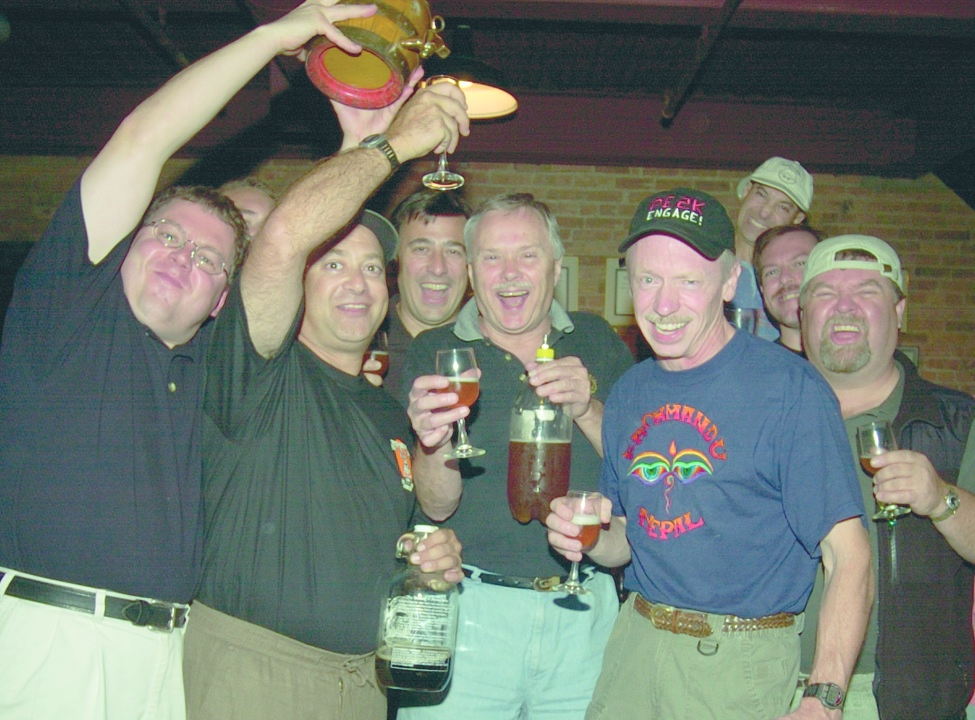Inevitably, it seems, what is good and what is fun can be most accurately represented by those little cartoon angels and devils that perch on our shoulders and whisper conflicting suggestions into our befuddled ears. Who would have guessed that the simple—or complicated, as deep-enders like myself practice it—act of homebrewing could join together good and fun in one sparkling amber liquid.
Even in Europe, American-style craft brewing is serving as a model for the future of specialty beer.

Okay, it isn’t saving-babies-in-Africa good, but American homebrewers have profoundly changed the beer scene for the better. We’ve made it pretty easy to get a palatable beer just about anywhere, and we’ve resuscitated a number of dead or dying beer styles. What we’ve accomplished in addition to that, is nothing less than preventing beer, a 10,000-year cultural treasure of humanity, from slipping into a coma of faceless industrial anonymity.
If you are a homebrewer, stick your arm up in the air, bend your elbow, turn your hand around and give yourself a few hearty whacks on the back. You’ve earned it. Through a passion and dedication driven by a sheer love of the beverage and its lore, homebrewers have experimented, evangelized, prophesied, and given up jobs their moms were perfectly proud of to put on rubber boots and brew beer in brewpubs and micros, bringing all their happy baggage with them.
It is a supreme accomplishment to have made some of the largest and most powerful corporations that are the industrial brewers do a bunch of things they’d really rather not have done. Remember, at the first frenzied peak of craft brew activity, that all the big fish started thrashing around, making stouts, buying micros, and generally acting as if their world just might be coming to an end. For a hundred years, Big Beer set the direction—paler, lighter, weaker and less bitter—with a profound sense of inevitability. And then, horrors! Geeks in their basements had taken the helm.
It is probably for the best that the 45 percent annual growth of craft brewing didn’t continue, as it might have gotten large enough for the product to be worthwhile for industrial brewers. But (whew!) the pressure’s off, and they can get back to cannibalizing their core brands with the latest licensed alcopop fad of the day and doing whatever it is they do in those cubicles.
The changes we’ve wrought on the industry remain. Craft beer has solidly established itself and isn’t going to fade away. Even in Europe, American-style craft brewing is serving as a model for the future of specialty beer.










